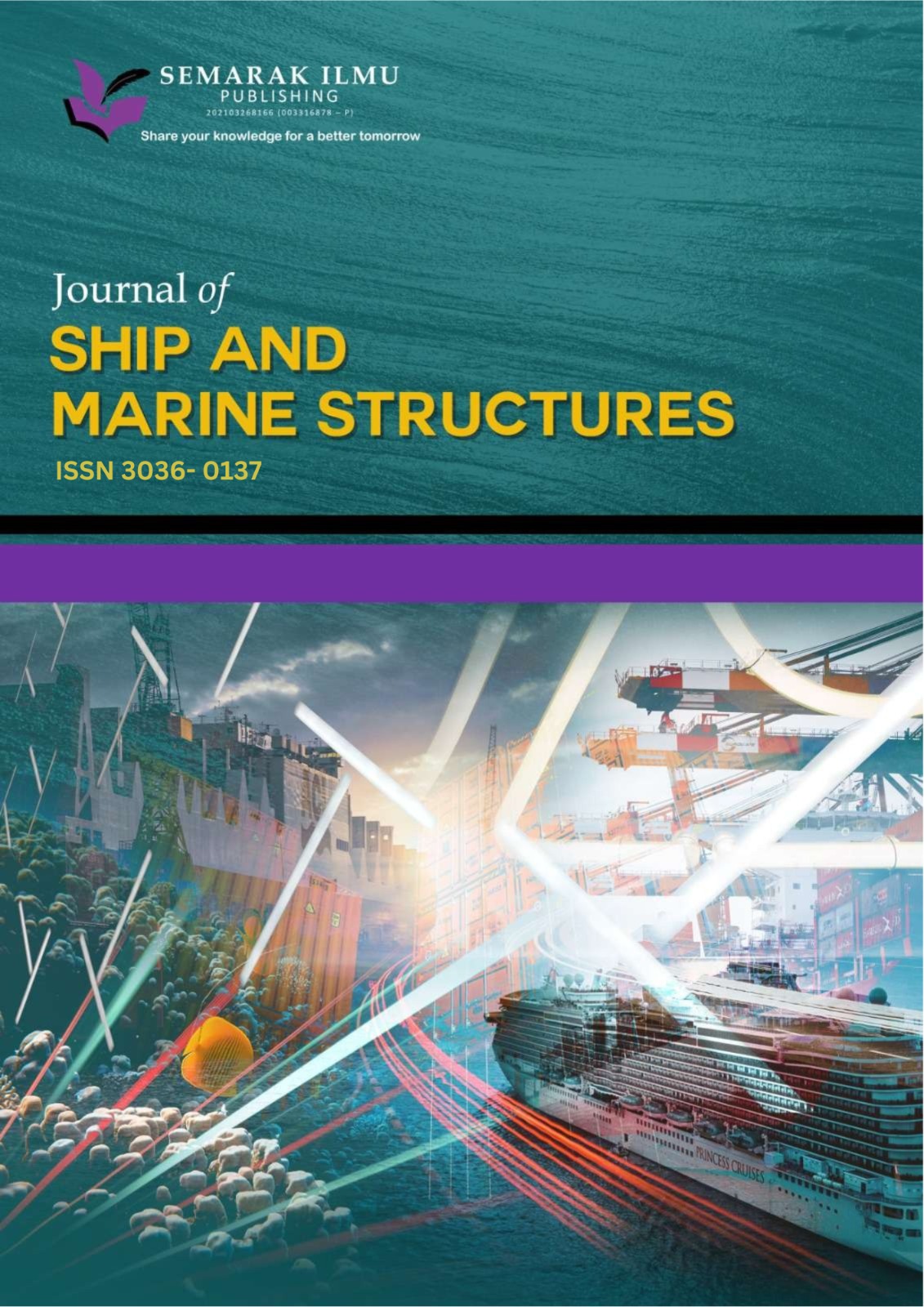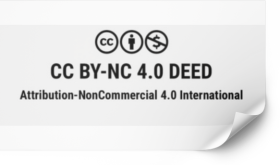Computational Analysis of HCCI Engine using Bioethanol-Diesel Blends as a Fuel
DOI:
https://doi.org/10.37934/jsms.6.1.112Keywords:
HCCI, diesel engine emissions, bioethanol fuels, Chemkin-PROAbstract
Bioethanol has long been recognized as a viable alternative fuel for diesel engines, offering significant potential to reduce emissions, particularly carbon monoxide (CO) and nitrogen oxides (NOx), when utilized in homogeneous charge compression ignition (HCCI) engines. Despite this promise, the production and optimization of bioethanol-diesel blends present considerable challenges, necessitating further investigation to address growing diesel fuel demands and stricter environmental regulations. This study explores the feasibility and impact of bioethanol-diesel blends on HCCI engine performance, focusing on combustion and emissions characteristics. Using Chemkin-PRO simulation software, blends with varying bioethanol concentrations (E10, E15, E20, and E30) are analyzed and compared against conventional n-heptane (diesel) fuel. The results demonstrate that increasing the bioethanol content in diesel blends leads to notable reductions in emissions. Specifically, NOx emissions were reduced by 52%, 59%, 69%, and 91% for E10, E15, E20, and E30, respectively. Similarly, CO emissions decreased by 19%, 26%, 30%, and 31% with the same blends. These findings highlight the potential of bioethanol-diesel blends to serve as environmentally sustainable alternatives to conventional diesel fuel, supporting efforts to mitigate emissions in HCCI engine applications.














